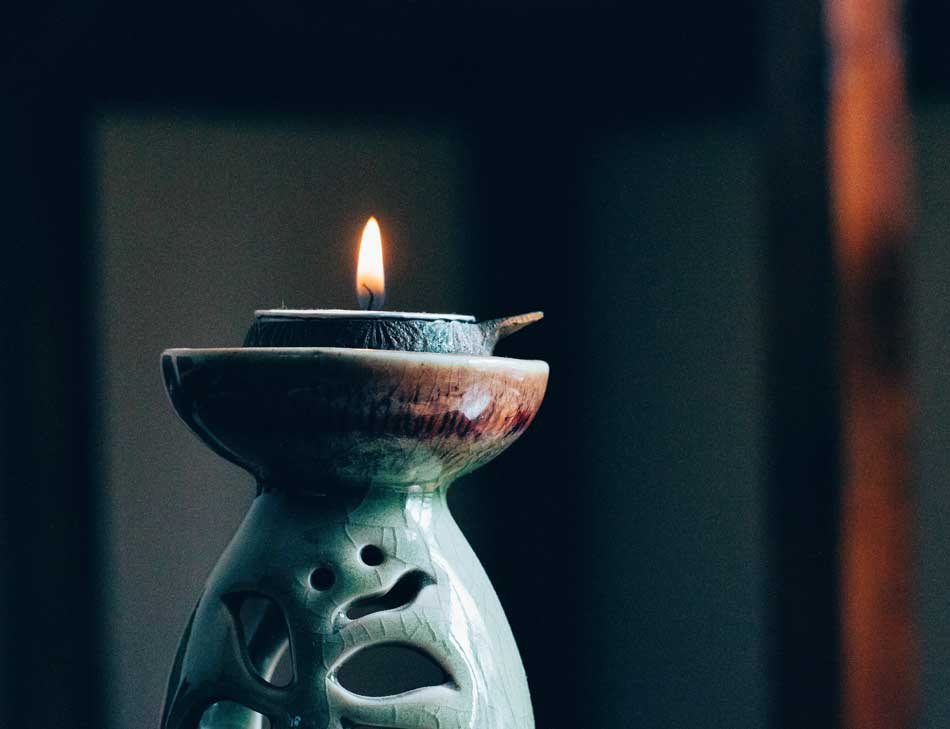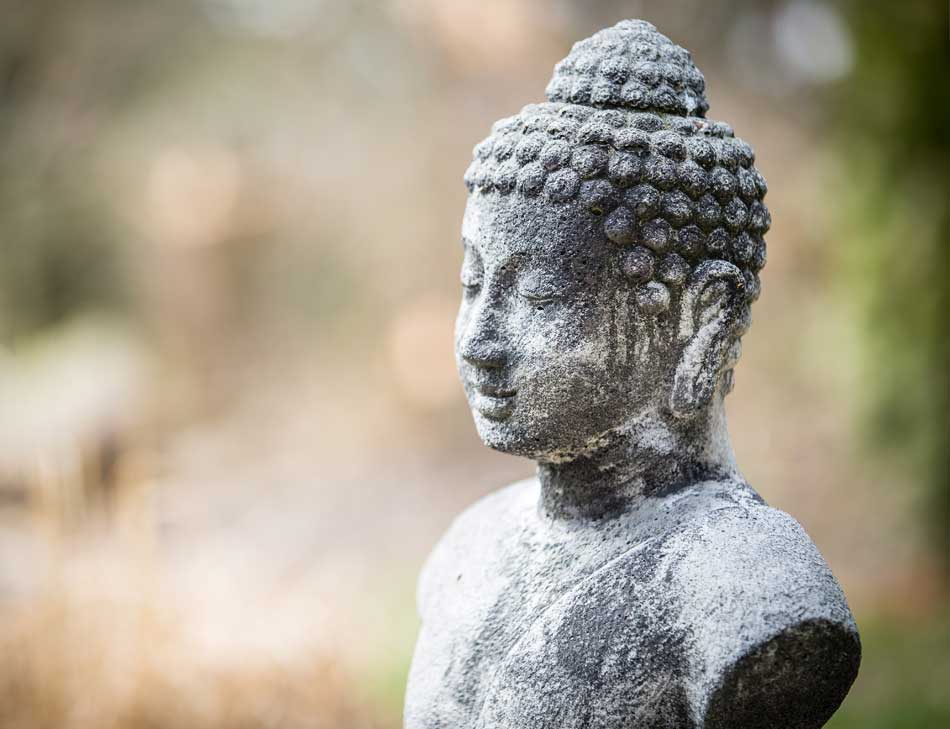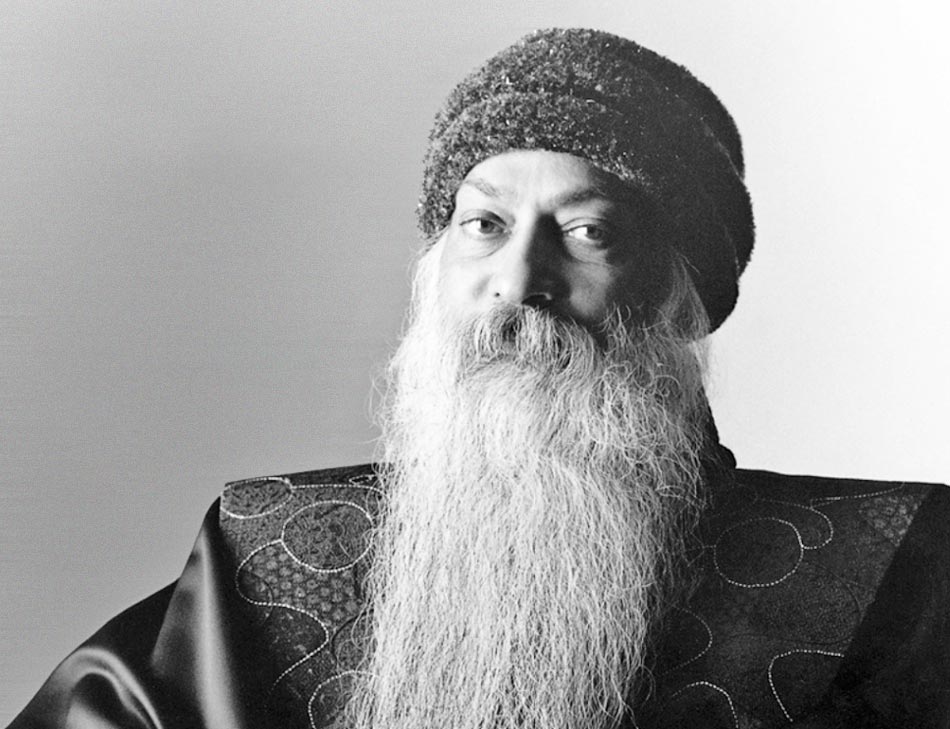The philosophy of Advaita, literally non-dualism, is the premier and oldest extant among the Vedanta schools of Indian philosophy. The upanishadic quest is to understand brahman, the source of everything, the Atman, the Self, and the relationship between Brahman and Atman. The upanishads explore these issues from different angles. The Advaita school teaches a complete essential identity between Brahman and Atman. In other Vedantic traditions, the essential relationship between Atman and Brahman is understood in different ways.
The Upanishads record the inspired teachings of men and women who were seeking Universal Truths. Who wrote them and when is unknown; the sages who composed them knew truths were eternal and that their identities were irrelevant. According to Shankara (8th century mystic), ten have been considered principle, the true number is unknown.
The authors’ interest was to transcend the ostensibly rational processes by which we normally try to make sense of the world, in order to reach a state of Pure Being. This state is beyond all thought and feeling, and is referred to as the Self. The Self is unchanging and impartial, and is considered to be the only reliable basis for true understanding of inner and unstable (changing) to comprehend an Untimate Reality, which is stable and unchanging, and thus eternal.
The rest of the Vedas look outward, but the Upanishads look inward; there is a Reality underlying life that can be realized without ritual or the structure of organized religion. This Realization is why we have been born and the goal of evolution. The Upanishads explore different states of consciousness, asking questions such as “Who is the knower?” They teach that you cannot separate mind and observe its workings objectively. The mind is treated as both object and laboratory; attention is trained inward on itself through meditation.
In meditation, the focus of awareness shifts from the boundaries of a limited personality to the expansiveness of an all-inclusive field, not localized to the body, in which all phenomena arise, inhere and eventually pass away. When the conceptual veil through which we ordinarily see the world is lifted, each limited object shines with the boundless light of the spirit, and each transitory experience is a celebration of eternity. As the text says, the truly wise is one who “sees everything as nothing but the Self, and the Self in everything he sees”. Or as Sri K. Pattabhi Jois says, “Everywhere you look you see God.”
“The Self is one, though it appears to be many. Those who meditate upon the Self and realize the Self go beyond decay and death, beyond separateness and sorrow. They see the Self in everyone and obtain all things.”
“Control the senses and purify the mind. In a pure mind there is constant awareness of the Self. Where there is constant awareness of the Self, freedom ends bondage and joy ends sorrow.” – from the Chandogya Upanishad, translated by Eknath Easwaran.
“When the five senses are stilled, when the mind is stilled, when the intellect is stilled, THAT is called the highest state by the wise. They say yoga is the complete stillness in which one enters the unitive state, never to become separate again. If one is not established in this state, the sense of unity will come and go.
The unitive state cannot be attained through words or thoughts or through the Eye. How can it be attained except through one who is established in this state himself?
There are two selves, the seperate ego and the indivisible Atman.
When one rises above ‘I’ , ‘me’ and ‘mine’, the Atman is revealed as one’s real Self.”
— from the Katha Upanishad
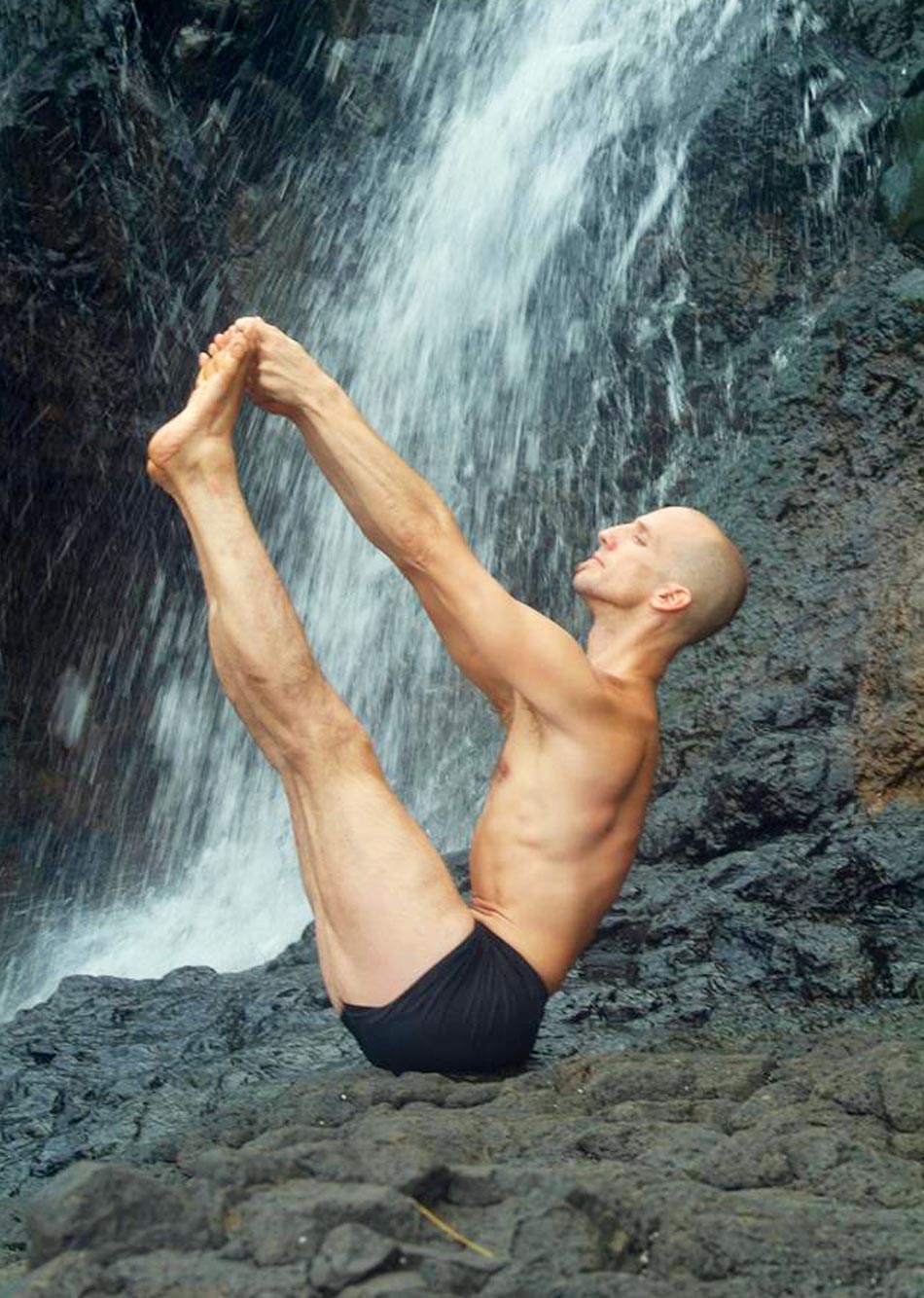
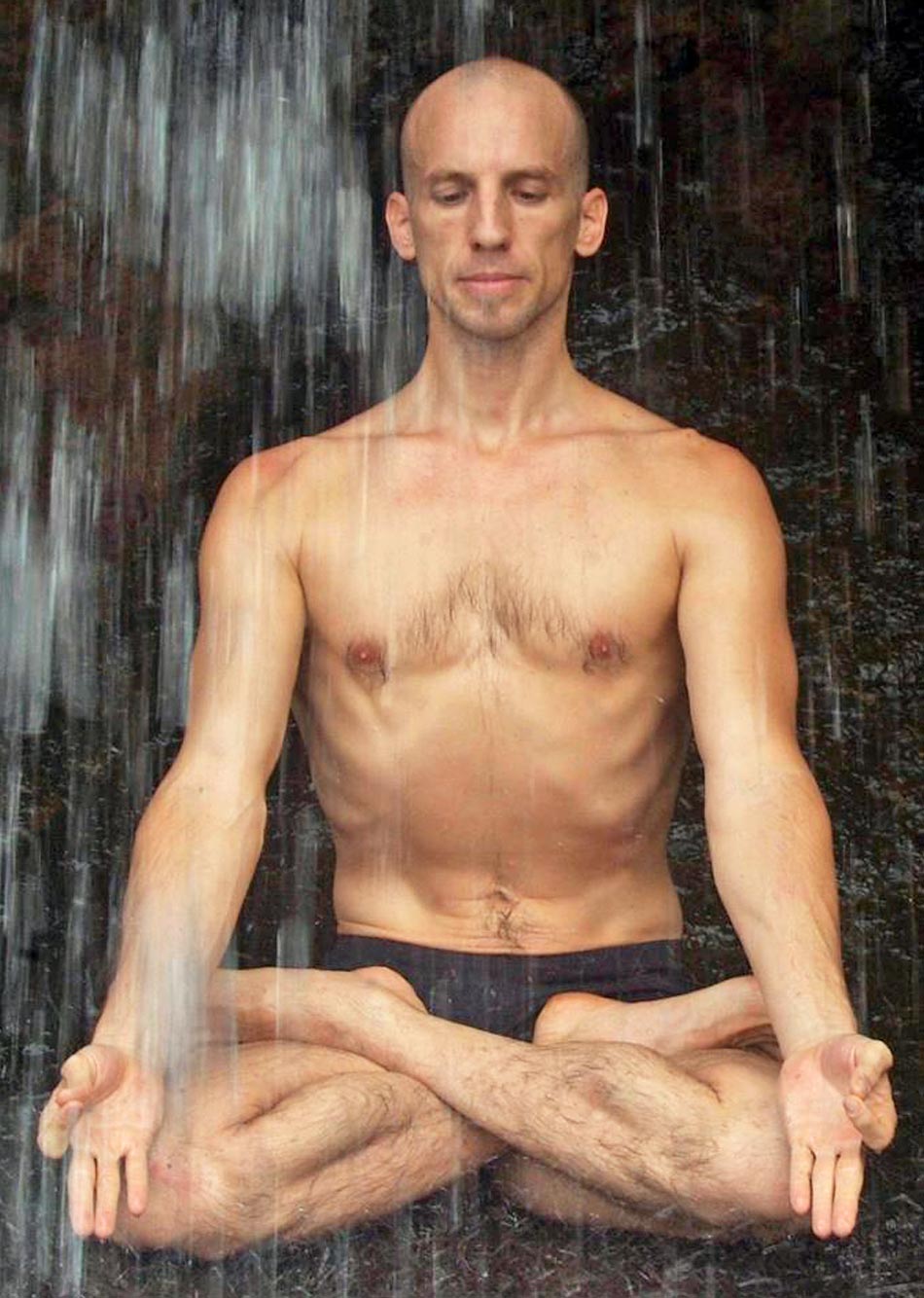
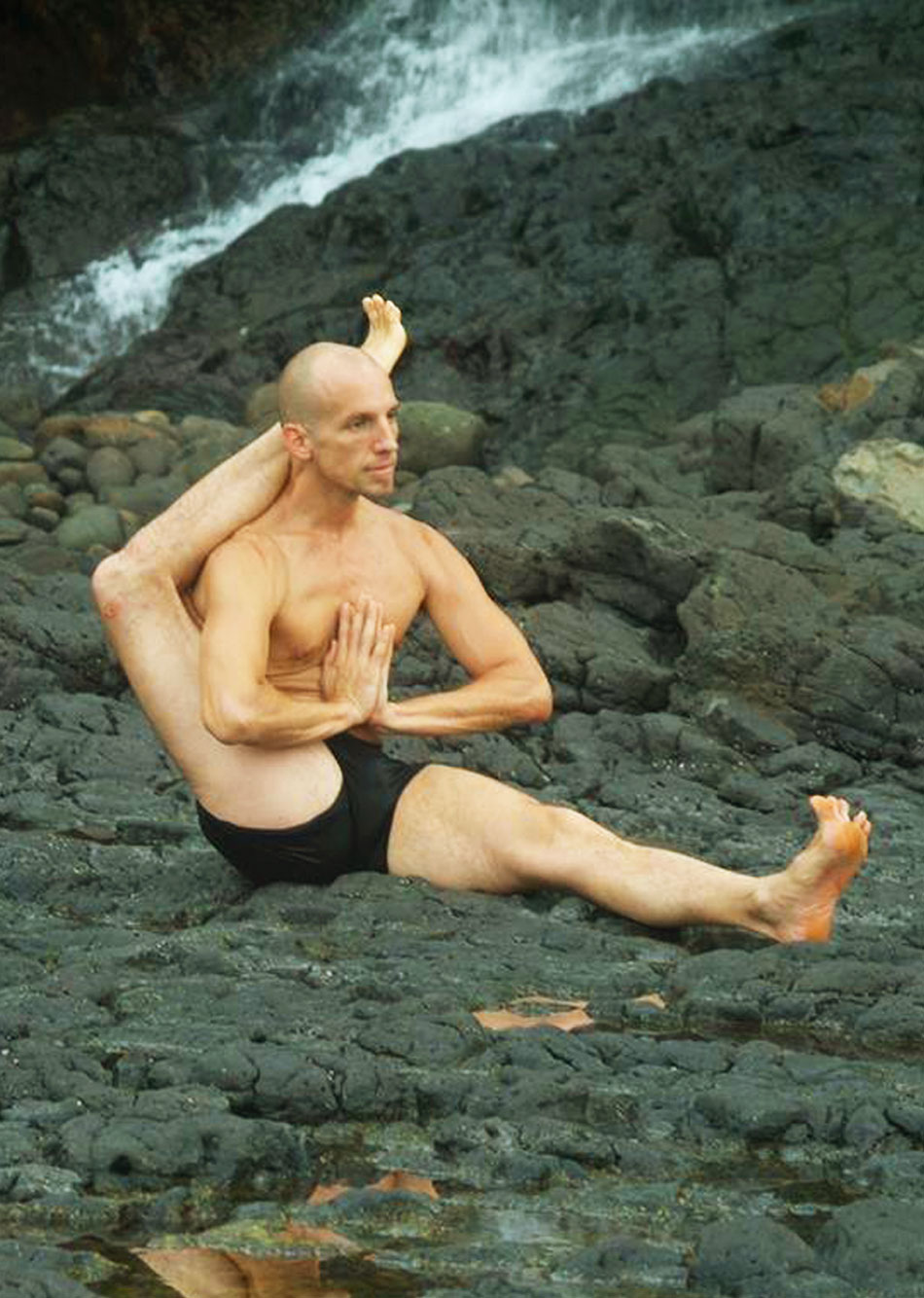
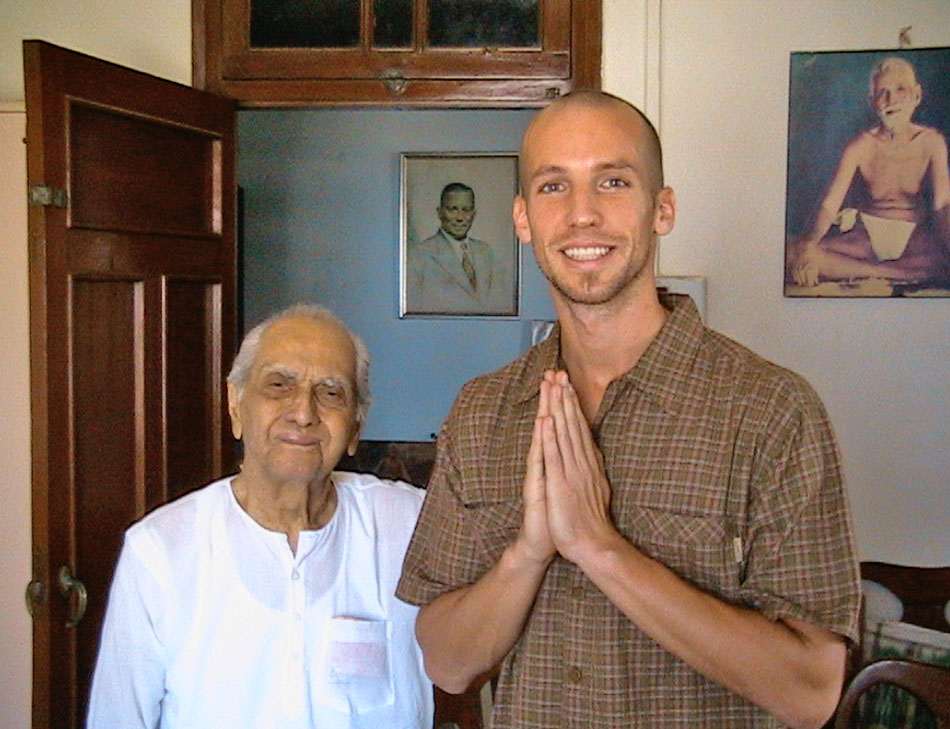
The Self is one, though it appears to be many. Those who meditate upon the Self and realize the Self go beyond decay and death, beyond separateness and sorrow. They see the Self in everyone and obtain all things.
— Chandogya Upanishad
When people come to me and they ask, “How to meditate?” I tell them, “There is no need to ask how to meditate, just ask how to remain unoccupied. Meditation happens spontaneously. Just ask how to remain unoccupied, that’s all. That’s the whole trick of meditation – how to remain unoccupied. Then you cannot do anything. The meditation will flower. When you are not doing anything the energy moves towards the center, it settles down towards the center. When you are doing something the energy moves out. Doing is a way of moving out. Non-doing is a way of moving in. Occupation is an escape. You can read the Bible, you can make it an occupation. There is no difference between religious occupation and secular occupation: all occupations are occupations, and they help you to cling outside your being. They are excuses to remain outside.
Man is ignorant and blind, and he wants to remain ignorant and blind, because to come inwards looks like entering a chaos. And it is so; inside you have created a chaos. You have to encounter it and go through it. Courage is needed – courage to be oneself, and courage to move inwards. I have not come across a greater courage than that – the courage to be meditative.
But people who are engaged outside – with worldly things or nonworldly things, but occupied all the same, they think….and they have created a rumor around it, they have their own philosophers. They say that if you are introvert you are somehow morbid, something is wrong with you. And they are in the majority. If you meditate, if you sit silently, they will joke about you: “What are you doing? – gazing at your navel? What are you doing? – opening the third eye? Where are you going? Are you morbid?…because what is there to do inside? There is nothing inside.”
Inside doesn’t exist for the majority of people, only the outside exists. And just the opposite is the case – only inside is real; outside is nothing but a dream. But they call introverts morbid, they call meditators morbid. In the West they think that the East is little morbid. What is the point of sitting alone and looking inwards? What are you going to get there? There is nothing.
David Hume, one of the great British philosophers, tried once… because he was studying the Upanishads and they go on saying: Go in, go in, go in – that is their only message. So he tried it. He closed his eyes one day – a totally secular man, very logical, empirical, but not meditative at all – he closed his eyes and he said, “It is so boring! It is a boredom to look in. Thoughts move, sometimes a few emotions, and they go on racing in the mind, and you go on looking at them – what is the point of it? It is useless. It has no utility.”
And this is the understanding of many people. Hume’s standpoint is that of the majority: What are going to get inside? There is darkness, thoughts floating here and there. What will you do? What will come out of it? If Hume had waited a little longer – and that is difficult for such people – if he had been a little more patient, by and by thought disappear, emotions subside. But if it had happened to him he would have said, “That is even worse, because emptiness comes. At least first there were thoughts, something to be occupied with, to look at, to think about. Now even thoughts have disappeared; only emptiness….What to do with emptiness? It is absolutely useless.”
But if he had waited a little more, then darkness also disappears. It is just like when you come from the hot sun and you enter your house: everything looks dark because your eyes need a little attunement. They are fixed on the hot sun outside; comparatively, your house looks dark. You cannot see, you feel as if it is night. But you wait, you sit, you rest in a chair, and after few seconds the eyes get attuned. Now it is not dark, a little more light… You rest for an hour, and everything is light, there is no darkness at all.
If Hume had waited a little longer, then darkness also disappears. Because you have lived in the hot sun outside for many lives your eyes have become fixed, they have lost flexibility. They need tuning. When one comes inside the house it takes a little while, a little time, a patience. Don’t be in a hurry.
In haste nobody can come to know himself. It is a very very deep awaiting. Infinite patience is needed. By and by darkness disappears. There comes a light with no source There is no flame in it, no lamp is burning, no sun is there. A light, just like it is morning: the night has disappeared, and the sun has not risen…. Or in the evening – the twilight, when the sun has set and night has not yet descended. That’s why Hindus call their prayer time sandhya. Sandhya means twilight, light without any source.
When you move inwards you will come to the light without any source. In that light, for the first time you start understanding yourself, who you are, because you are that light. You are that twilight, that sandhya, that pure clarity, that perception, where the observer and the observed disappear, and only the light remains.
